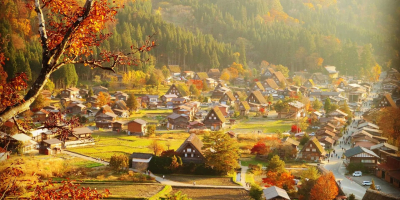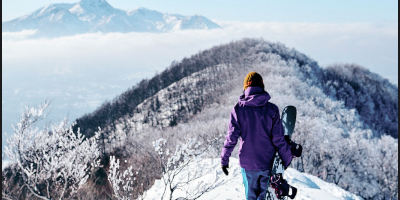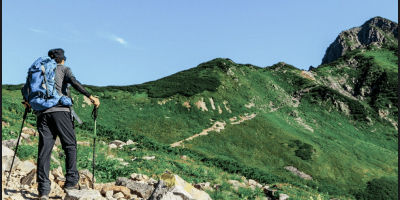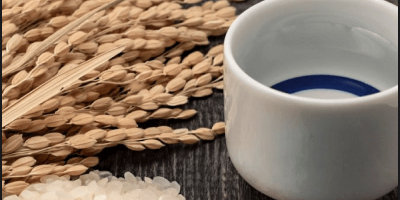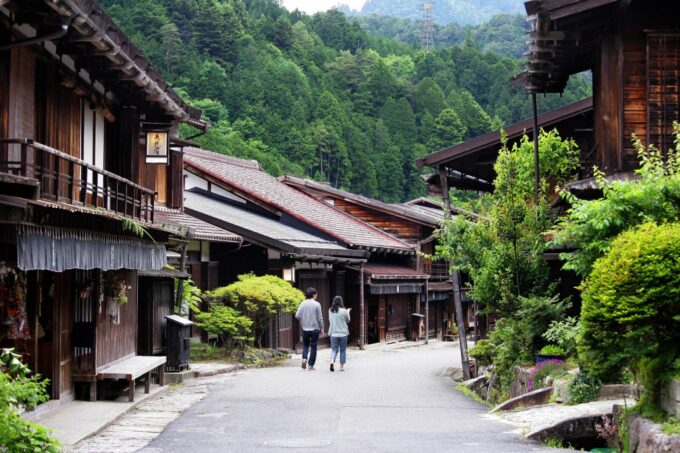
Most famous for the historic Nakasendo Trail and its beautifully preserved "post towns," the Kiso Valley is blessed with some of Central Japan’s most beautiful natural landscapes and cultural sites. The region is home to pristine forests, emerald rivers, and an undulating landscape of mountains and ravines rising to the brooding summit of Mount Ontake—Japan’s second tallest volcano.
On this page you will find the following information:
-- Where is the Kiso Valley & Nakasendo?
-- 25 Things to Do Around Kiso Valley & Nakasendo
-- When to Visit the Kiso Valley: The Best Seasons
-- Where to Stay When Visiting Kiso Valley & Nakasendo
-- How to Get to Kiso Valley & Nakasendo
-- Tours & Charters Around the Nakasendo Trail
Long considered sacred, Mt. Ontake is worshipped by adherents of the Shinto sect "Ontake Shinko," with the most devote practitioners walking the "Ontake Kodo" pilgrimage trails that run through the forests and past waterways of the mountain.

Based in Nagano and operating all year round, we are the region’s No.1 tour and charter operator. We can arrange transport and tours to any destinations in the region, and as a registered travel agent, we can package transport, accommodation and more together so you save and get the most out of your time in the Kiso Valley and Central Japan—scroll to the bottom for details.
WHERE IS THE KISO VALLEY & NAKASENDO TRAIL?
The Kiso Valley is a beautiful area located between Shiojiri (Nagano Prefecture) and Nakatsugawa (Gifu Prefecture). The area lies about 250KM (a 3.5 to 4 hour drive) to the west of Tokyo.
Running north to south, the valley follows the Kiso River and is known for its pristine waterways, forests, waterfalls and hiking trails including the historic Nakasendo Trail. Once a key route linking Tokyo—then called "Edo"—to Kyoto during the Edo Period (1603-1868), the Nakasendo trail spanned a distance of more than 500KM. Parts of the original route can still be walked today with the "post towns" towns of Magome and Tsumago being the most popular destinations.
Most visitors heading to the Kiso Valley and Nakasendo Trail do so using the Limited Express Shinano service. Running between Nagano and Nagoya, all limited express services on the line stop at Kiso-Fukushima Station and Nakatsugawa Station. We proudly offer several unique tours to this region providing you transportation from Nagoya, Matsumoto, and Nagano.
For directions about how to get to and move around the Kiso Valley and Nakasendo, see 'How to Get to Kiso Valley & Nakasendo' below.
25 THINGS TO DO AROUND KISO VALLEY & NAKASENDO

Most famous for the historic Nakasendo and its beautifully preserved post towns of Narai, Tsumago and Magome, the Kiso Valley is one of Central Japan’s most rewarding destinations. A place of natural beauty, the valley follows the Kiso River leading visitors deep into the heart of Japan, along forested trails leading to emerald rivers and waterfalls and onto the pilgramage trails of the ‘Ontake Kodo’ leading to the summit of Mount Ontake – a sacred mountain and Japan’s second tallest volcano after Mount Fuji. Here's our suggestion of of some of the best destinations and activities on offer:
1 / MAGOME-JUKU / all year round
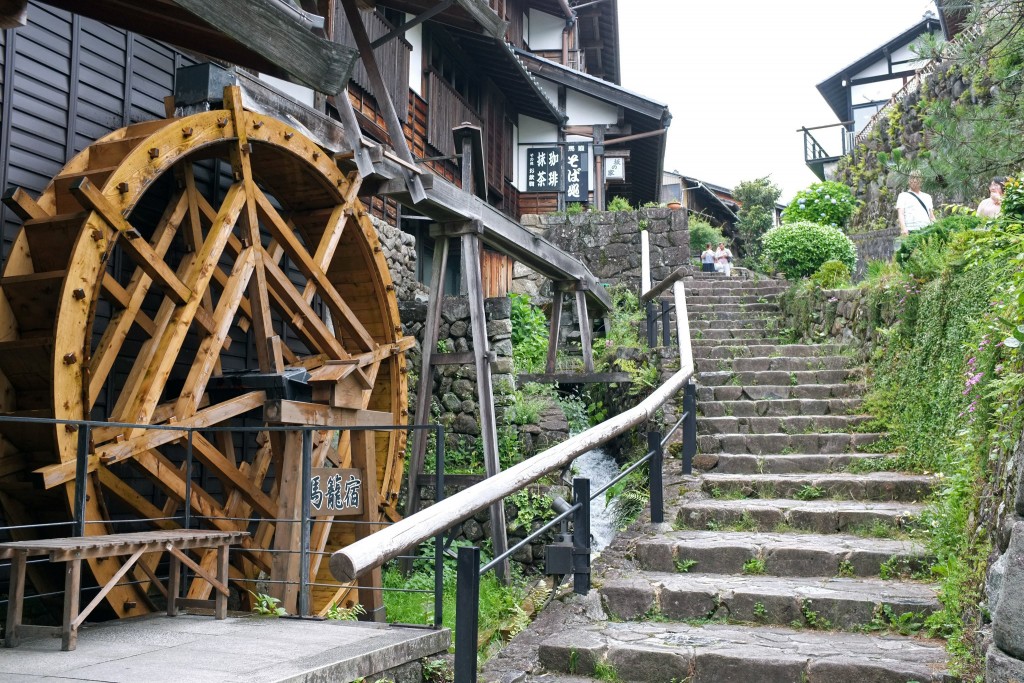
This beautiful historic post town was built on a hillside and is lined with a cobblestone path. One of Magome’s most iconic features is its wooden watermill which still operates to this day. You will also find many places to buy souvenirs and a bite to eat. Magome makes a great starting point for the Nakasendo Trail.
2 / TSUMAGO-JUKU / all year round
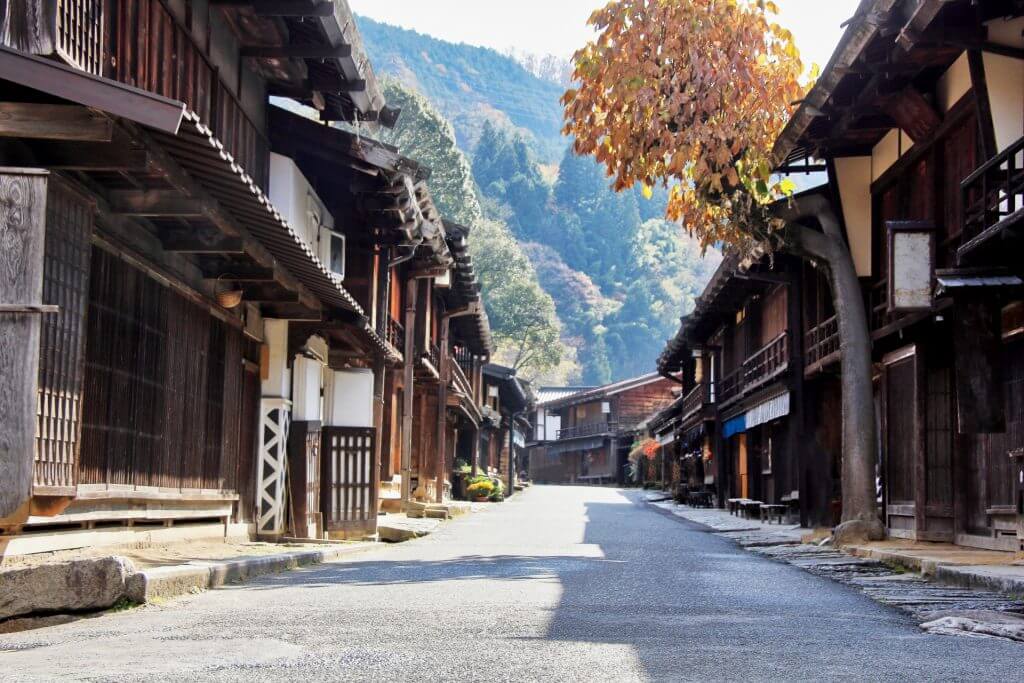
Tsumago is one of Kiso’s most well-preserved post towns. Here, you can see inns that are up to 300 years old. Other highlights include a former horse stable, a luxurious inn built once used by the daimyo and other high-ranking officials, and a museum that showcases the history of and artifacts from Kiso.
3 / WALK THE NAKASENDO TRAIL: MAGOME TO TSUMAGO / best: April to November

This 7.8km stretch of the Nakasendo Trail is the perfect way to experience both the history and the nature of Japan in one shot. The path that connects Magome and Tsumago is a gentle trail that takes you through a mixed landscape of forest, farmlands and vililages of which Magome and Tsumago book-end the walk - which can be done in either direction. At the halfway point, you can take a break at a traditional Edo Period rest house that offers free green tea to visitors while it's also a good idea to carry water, drinks and snacks with you especially in July and August when conditions will be hot and humid. The trail is technically open all year round however best-enjoyed from April until November. Anyone attempting to walk during winter - from December until March - needs to be adequately prepared and fit, as the trail can be affected by heavy snow. If you want to walk the trail during winter, you should consider arranging a local guide.
1-Day Tour from Nagano and Matsumoto: Step into the Past on the Nakasendo
- Spots:
- Pick-up:
- Drop-off:
4 / NARAI-JUKU / all year round
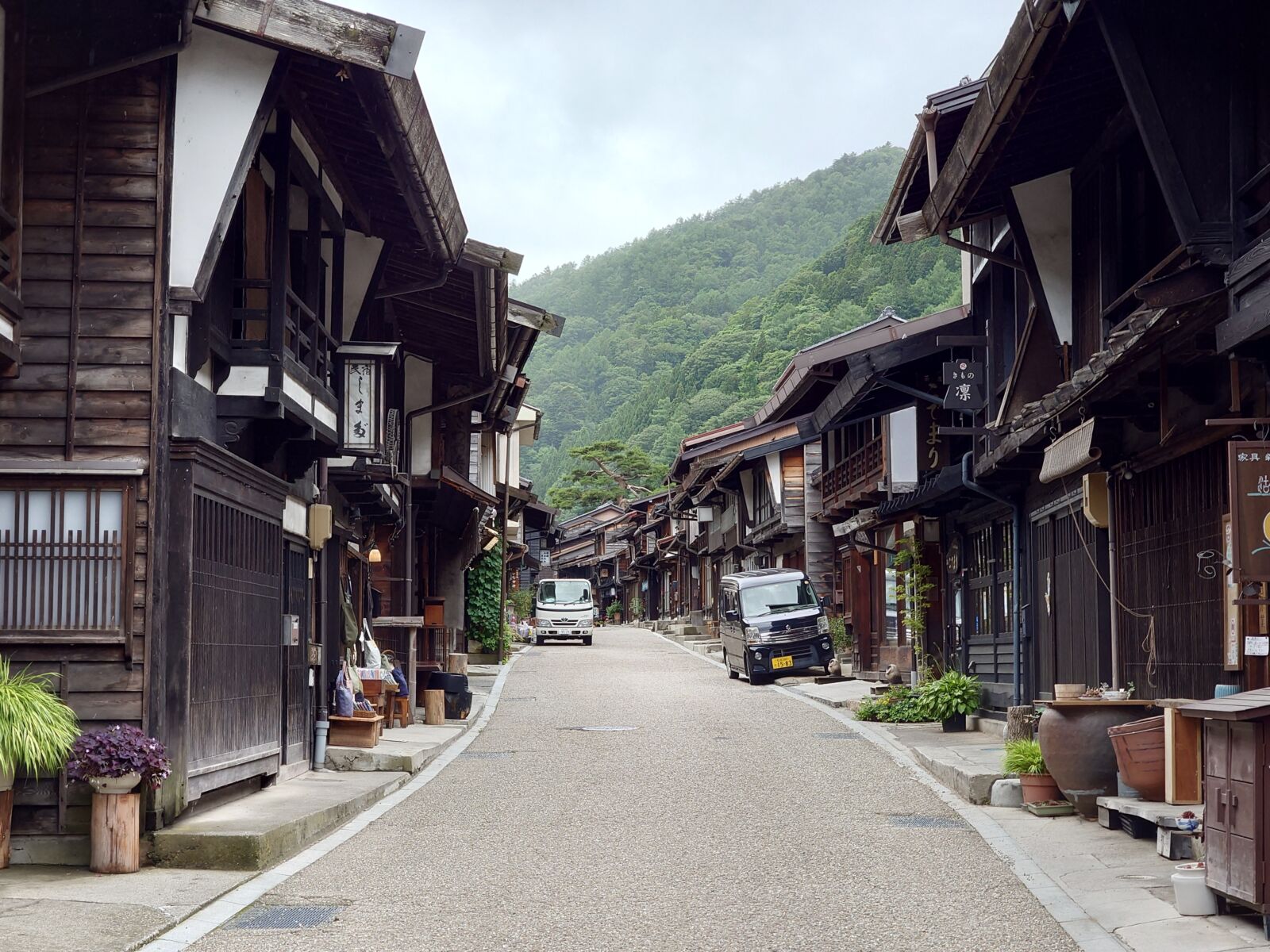
1-Day Tour from Nagano and Matsumoto: Experience Matsumoto Castle and Narai-juku
- Spots:
- Pick-up:
- Drop-off:
Narai was the wealthiest of all the post towns in Kiso and it also has the longest stretch of historic inns that are so well-preserved that the townscape remains almost unchanged since the Edo period. Besides the historic buildings, you will find many excellent restaurants and traditional craftsmanship shops as well. You can access the Nakasendo trail from Narai and walk over Toritoge Pass to the next post town.
5 / WALK THE NAKASENDO: YABUHARA TO NARAI / best: April to November

This section of Nakasendo Trail runs 6 kilometers through the forest and connects the two post towns of Yabuhara and Narai. The path crosses over the Toritoge Pass, which is 1,197 meters at its highest point, and is well-maintained and shaded by plenty of trees. Look for stone haiku monuments featuring Basho’s poems and Buddhist statues along the way.
6 / AKASAWA NATURAL RECREATIONAL FOREST & OTAKI FOREST RAILWAY / best: April to November
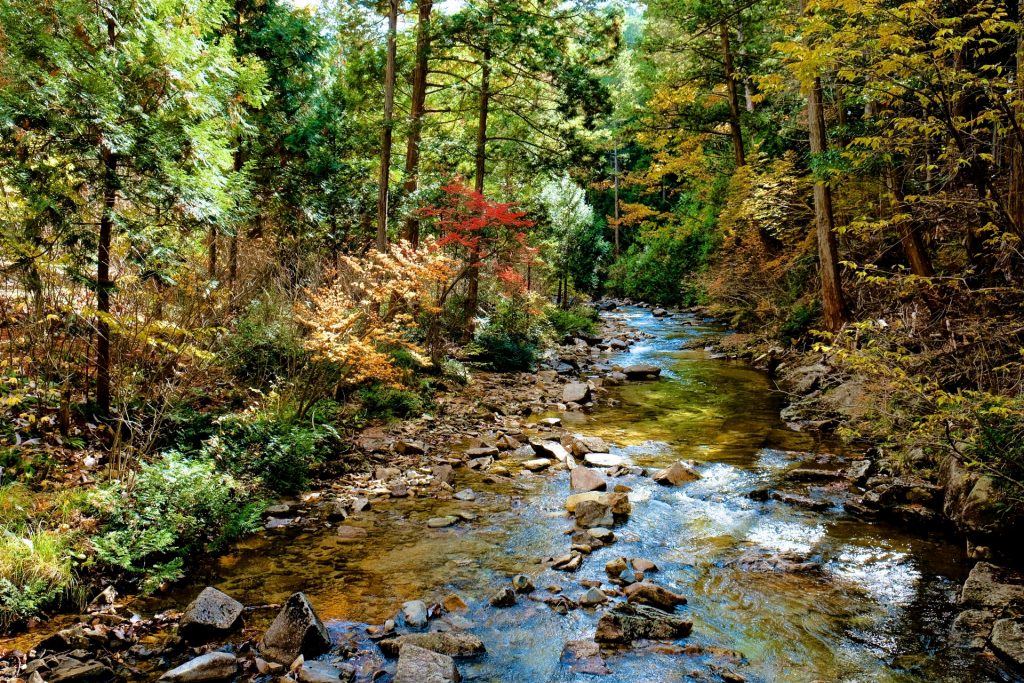
The Akasawa Natural Recreational Forest is considered one of the most beautiful in Japan and grows with hinoki cypress trees that are up to 300 years old. The Otaki Forest Railway train was originally built in 1916 to transport lumber as well as people and it still runs today purely for sightseeing. Walking the paths and taking the train through the forest is the perfect way to refresh yourself in nature.
7 / ATERA GORGE / all year round

The road up Atera Gorge runs along a crystal-clear stream that reflects the light in beautiful aquamarine and emerald hues. There are several viewpoints along the road that allow you to see the gorge’s most breathtaking spots such as waterfall, deep cerulean-colored pools, and striking cliff faces. The gorge can be accessed all year round but is at its most spectacular from April to November.

You can camp at the Atera Gorge Campground or walk a short hiking loop that takes through the gorge’s forest.
8 / NAEGI CASTLE RUINS / all year round

Naegi Castle was constructed over 400 years ago and sits 432 meters above the beautiful Kiso River in Gifu Prefecture. Though little more than ruins remain of this impressive structure, the natural and man made foundation stones combine to give these castle ruins a truly unique and impressive appearance, earning Naegi Castle the nickname of “the Machu Picchu of the East.”
For those interested in touring these impressive ruins, we can arrange both private tours with an English-speaking guide or a private charter.
9 / NEZAME-NO-TOKO GORGE / all year round
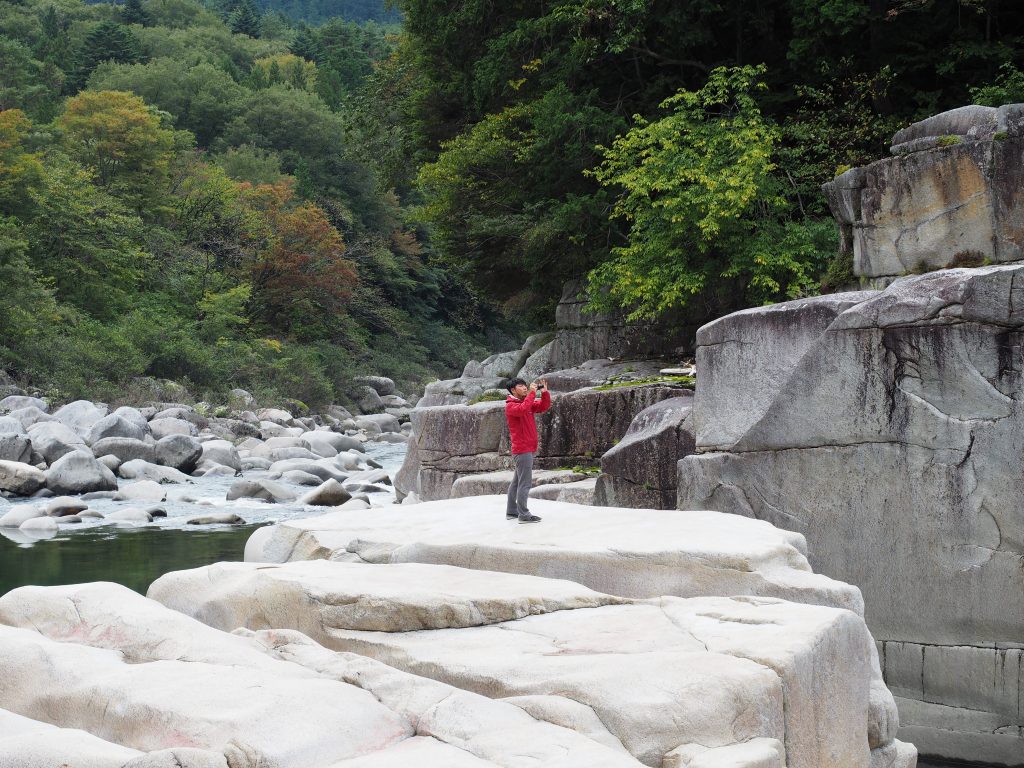
Nezamenotoko is characterized by a huge slab of granite that has been carved down into a curious rock formation over thousands of years by the Kiso River. You can explore the gorge by climbing over the formation’s geometric boulders and blocks of stone. If you venture up to the top of the granite slab that sits in the center of the river, you will find a small Shinto shrine. Nezamenotoko is also a setting in the legend of Urashima Taro, one of Japan’s most well-known fairy tales.
10 / ONTAKE ROPEWAY / April to November

The Ontake Ropeway takes you up to the 2,150-meter point of Kiso’s Mt. Ontake, which boasts an elevation of 3,067 meters. From here, you can choose to continue to hike to the summit or simply enjoy the panoramic view of the surrounding mountains and highland flowers around the ropeway station. If you time it right, you can even get up above the clouds for an extraordinary scene! Please note, Mount Ontake is an active volcano and your personal safety should be your first priority. The Japan Meteorological Agency provides real-time advice and warnings for the entire country. Prior to visiting Ontake, we recommend checking the following website.
11 / ABURAGIBIRIN FOREST / all year round
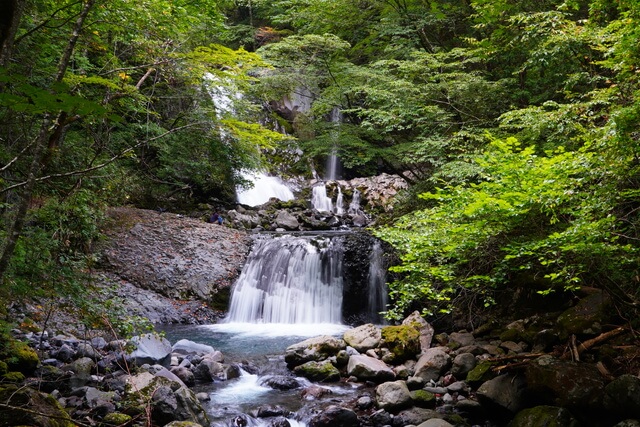
This primeval forest, located in the foothills of Mt. Ontake, has been protected for hundreds of years and loved for its natural beauty. Along the nature trail that takes you through the forest, you will find trees that are over three centuries old, misty waterfalls, and beautiful greenery. The trail is also an excellent place to go bird-watching.
12 / PILGRIMAGE TRAILS OF 'ONTAKE KODO' / best: July to November

Part of the wider Kiso Ontake region, Mount Ontake is one of Japan’s most sacred mountains. Having attracted adherents of the ‘Ontake Shinko’ faith for centuries, the pilgrimage trails ascending the mountain are also frequented by hikers and nature enthusiasts who head there each summer and autumn to hike Japan’s second tallest volcano. Emerging as early as the Heian Period (794-1185), Ontake Shinto combines Shinto practices such as mountain worship, Buddhism and folk beliefs. Adherents called ‘doshisha’ would climb to the summit of Ontake, and in that process create the trails today known as the ‘Ontake Kodo’. Multiple shrines act as focal points of worship along the trails including the Ontake Satomiya Shrine and Omata Sansha Shrines at the trailheads and main Ontake Shrine at the summit, sitting 3,067 metres above sea level. The trails are accessible at all times of year but most enjoyable through the warmer months of July to November.
13 / MOUNT ONTAKE KODO NATURE WORSHIP TOUR / July to November

Available from July until November, this immersive day-tour takes you along one of the pilgrimage trails of Ontake, deep into the tradition of Japan’s nature worship including visits to Kiyotaki and Shintaki Falls. Long considered sacred, Mount Ontake is Japan’s second tallest volcano – after Mount Fuji – and worshipped by adherents of the Shinto sect ‘Ontake Shinko’,with the most devote practitioners walking the ‘Ontake Kodo’ pilgrimage trails that run through the forests and past waterways and waterfalls of the mountain. Accompanied by an experienced local guide, the walk takes around 6 hours and requires a good level of fitness.
14 / MOUNT ONTAKE ROPEWAY & FOREST HIKING TOUR / Julyl to November

Also available from July until November, this tour first ascends the Ontake Ropeway to the Iimori Kogen / 7th Station, 2180 metres above sea level. In the shadow of the summit, your guide will introduce you to the principles of Ontake Shinko and Japan’s long history of mountain worship before beginning your ascent down the mountain through the Aburai Birin forest trails and past shrines, stelae and natural features of devotion. Enjoying a traditional ‘bento’ (packed lunch along the way), the walk takes around 4 to 4.5 hours, is mostly downhill and is suitable for anyone of reasonable fitness.
15 / SHIRAKAWA ICE PILLARS / winter: late-December to late-February
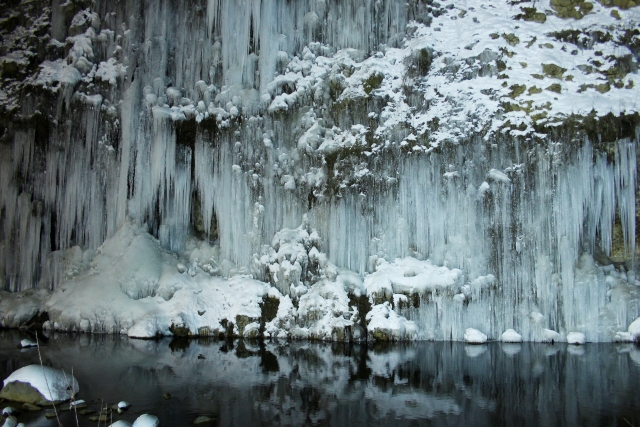
This striking 250-meter-wide and 50-meter-high curtain of ice pillars forms as water precipitating from the rock face gradually freezes over the winter. The gigantic ice formation glows in a cool blue hue when the sun shines on it during the day and it is also illuminated at night, making for a mystically beautiful spectacle.
16 / MOMOSUKE BRIDGE / all year round
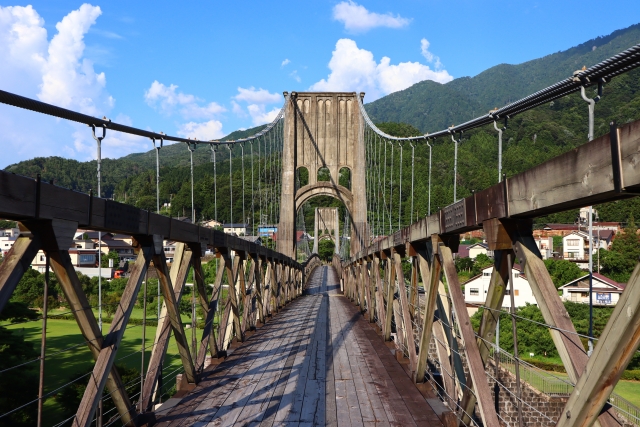
At 247 meters long, Momose Bridge is one of Japan’s longest wooden suspension bridges. This impressive structure was built in 1922 and reaches over the Kiso River near Nagiso Station. Strolling across the bridge offers you a wonderful view of the Kiso Valley and is a great way to use up the time as you wait for the next train.
17 / NARAI-JUKU ICE CANDLE FESTIVAL / February
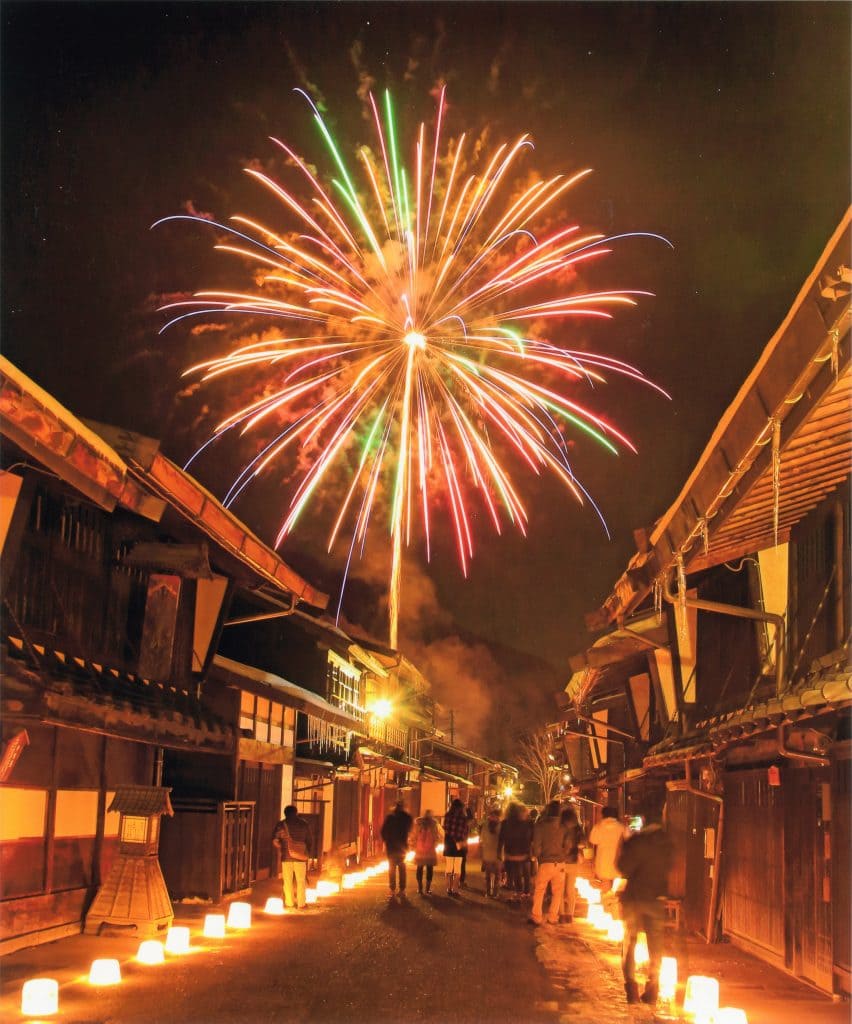
This warming winters festival lights up the cold night in Narai Post Town. The historic townscape of Narai is lined with hundreds of candles set in ice, giving the streets a magical glow. You can enjoy sake, mulled wine, and hot soups as you stroll around. The festival is topped off with a round of fireworks!
18 / ENJOY KISO 'SOBA' OR A FARM-TO-TABLE FEAST / all year round

With a climate well-suited for growing the buckwheat, 'soba' noodles have been eaten in the Kiso Valley for hundreds of years. In fact, Kiso is considered the origin of soba noodles in Japan and one of the best places to enjoy the dish to this day. You will find scores of delectable soba shops throughout the area, so make sure you try some during your visit.
The region is also known for seasonal delights, particularly in autumn when persimmons and chestnuts are at their prime. On our 1-Day Tour from Nagoya: Embrace Rural Japan in the Kiso Valley and Magome, you can try these local specialties and so much more at an all-you-can-eat buffet at a farm-to-table restaurant and shochu distillery. The restaurant started as a farm growing chicory (also known as endive) but grew to include a restaurant, gift shop, and distillery making alcohol from this unique vegetable. The buffet’s menu is highly seasonal, incredibly fresh, and vegetable-focused—but includes chicken and fish options as well. You will get a chance to taste many Japanese foods that are not often seen on other restaurant menus.
19 / KOZEN-JI ROCK GARDEN / all year round
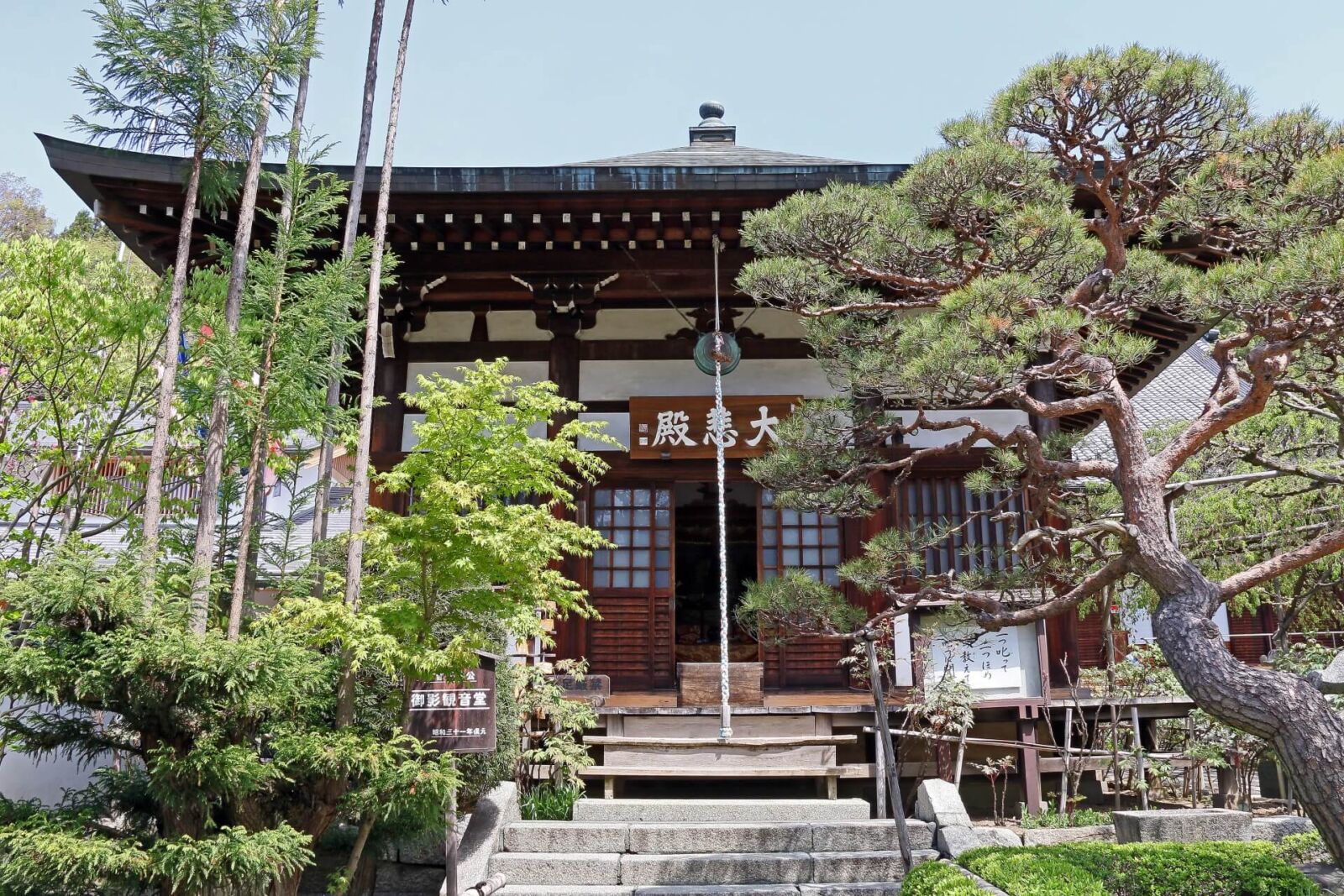
Kozenji Temple’s beautiful Zen-style rock garden, which spreads out before the backdrop of Kiso’s impressive mountains, is one of the largest in Asia. With its traditional architecture, peaceful gardens, and stunning seasonal views, the entire temple complex itself is an impressive conglomeration of Japanese aesthetics.
20 / LAKE SHIZENKO & OTAKI VILLAGE / best: April to November

Lake Shizenko was formed in the deep forests of Mt. Ontake after an earthquake in 1984 caused a landslide that dammed up the Otaki River. You can enjoy this uncanny yet beautiful scenery with canoe tours offered by Ontake Adventure.
21 / ENJOY KISO'S WARMING 'SAKE' / all year round

With an abundant supply of natural water, the Kiso Valley has a long history of sake brewing. It boasts some of the oldest breweries in Nagano Prefecture like Yukawa Sake Brewery and Nishio Sake Brewery which have both been brewing since the 1600s. Try some sake while you’re in Kiso or grab a bottle as a souvenir!
[START FROM NAGOYA] Rural Japan in Magome & the Kiso Valley Private Tour
- Spots:
- Pick-up:
- Drop-off:
22 / KISO WOODCRAFT / all year round
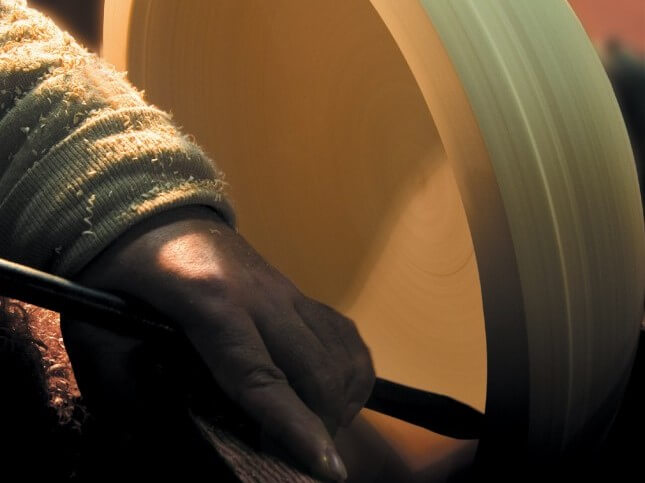
The rich supply of high-quality wood from Kiso’s vast forests has cultivated a long tradition of fine wood craftsmanship in the area. Fine handcrafted products such as lacquerware, wooden combs, and bent-wood boxes can be found in family-run workshops in Narai and other places in the Kiso Valley. Many of the producers have been in business for multiple generations.
23 / WOODWORKING ACTIVITIES / all year round
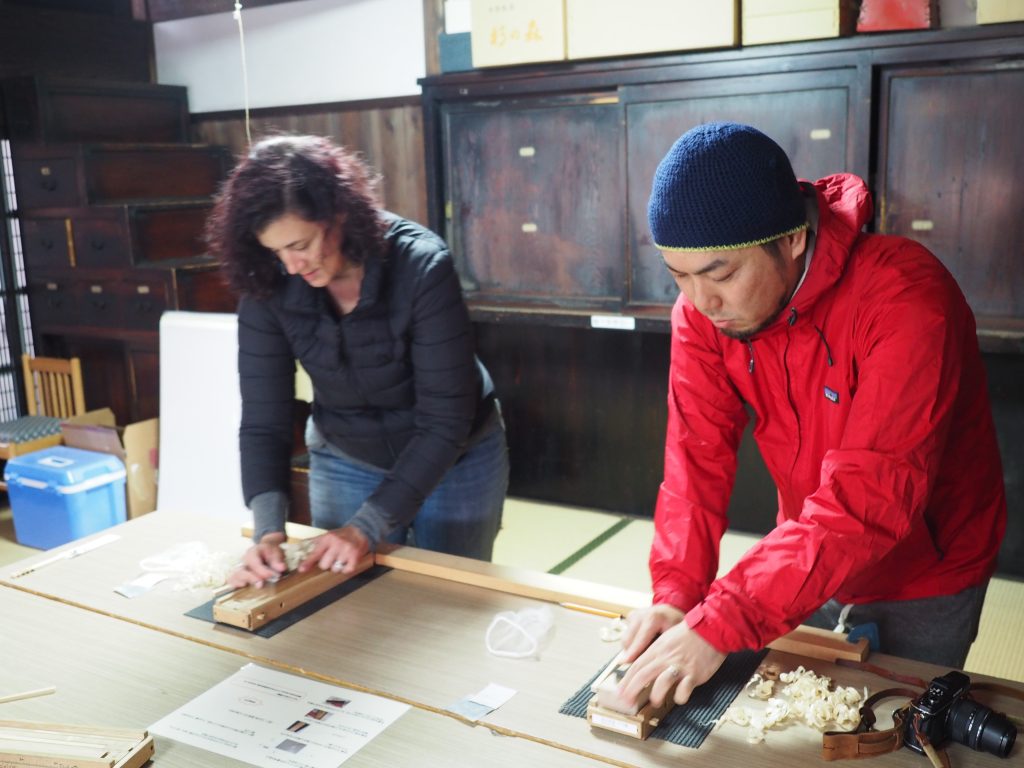
Visitors wanting to try their hand a traditional woodcraft can do so at the Furusato Experience Center near Kiso-Fukushima, where you can join a short workshop to craft your own 'hashi' (chopsticks) using a hand-plane and guided by an instructor. Simple, great fun and you walk away with a nice memento of your time in Kiso and Japan.
24 / GOHEI MOCHI, HOBA LEAF CUISINE & OTHER TRADITIONAL FOOD / all year round

While you are exploring Kiso, keep an eye out for the region’s unique, traditional foods. Gohei Mochi is a snack made by grilling sticky rice slathered with a sweet soy-miso sauce on a skewer. You may also find a variety of snacks and dishes that use leaves called “hoba” from the Japanese bigleaf magnolia tree. The leaves impart a subtly sweet and floral aroma on the food when used to wrap ingredients such as rice and mochi or when ingredients are grilled upon the leaves.
25 / MIKOSHI MAKURI FESTIVAL / July

Many festivals in Japan involve carrying a 'mikoshi', a heavy, portable wooden shrine; throughout the town but the Mikoshi Makuri Festival has a unique twist; the mikoshi is tumbled across the ground (sometimes with people standing on it!), dropped from the air, and eventually destroyed. This exciting festival is held every year on July 22nd and 23rd in Kiso-Fukushima. There are also fireworks on the night of the 22nd. For accommodation listings in the town, see our 'Kiso-Fukushima & Narai Area' hotel page.
WHEN TO VISIT THE KISO VALLEY: THE BEST SEASONS
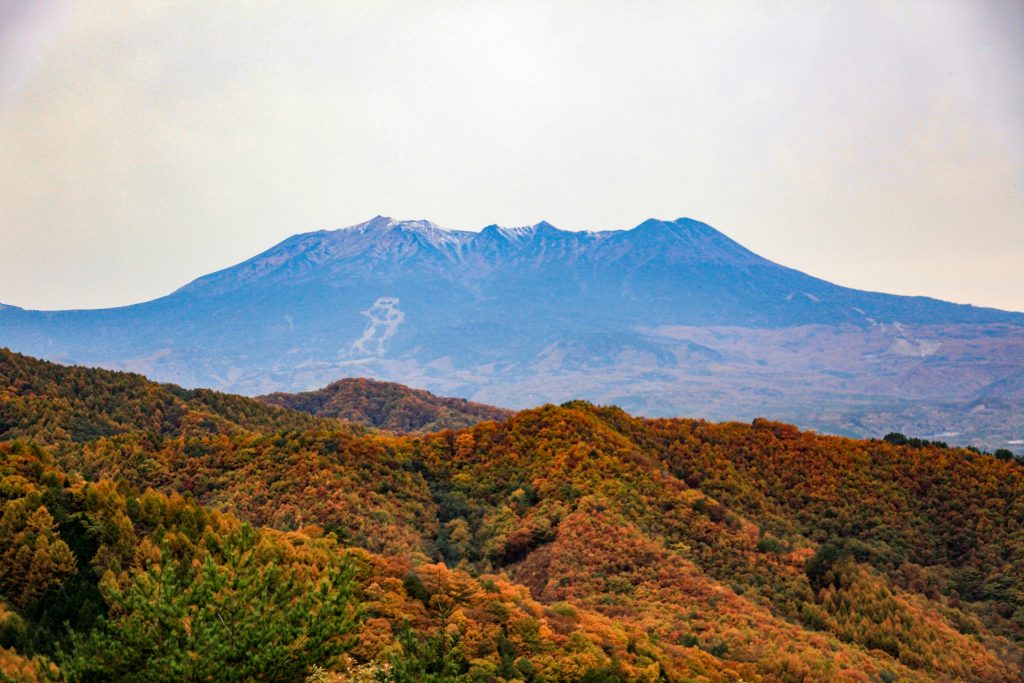
The Kiso Valley offers something enjoyable in every season, but there are definitely differences in what you will be able to do based on the time of the year. In particular, the Nakasendo Trail will require special attention, as walking in winter under heavy snow will not be easy and is recommended to only be attempted by those with experience in such conditions. When walking the Nakasendo Trail, good quality walking shoes or boots are a must. Make sure you also carry a small daypack with water – there are opportunities to top-up at springs along the way – snacks, sunscreen and other basic items for extended outdoor walking
Spring
From late-March until mid-May, Nagano emerges from its long cold winter and early spring brings welcome warmth to the region. This is a great time of year to walk the trail as the daytime is typically warm, perhaps with a light breeze, and lovely blue skies. The higher mountains including Ontake are likely to still be snow-capped allowing for fantastic vistas and photography.
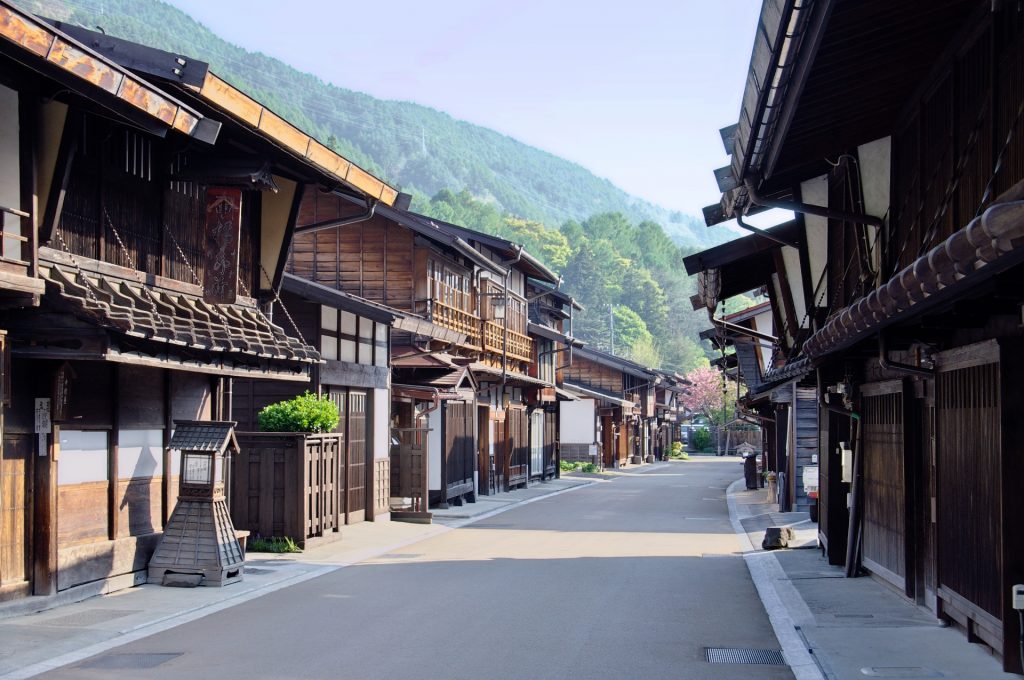
Moving from May into June, late spring brings heavy rain. Most likely to occur from mid-June to mid-July, this is Japan’s wet season and a quiet time on the Nakasendo with visitors staying away. But if you can tolerate the rain, it is also a great time to walk the trail. Accommodation and restaurants are notably quieter and the landscape lends itself to rainy days, with fog and mist imbuing the forest and gorges with an otherworldly beauty.
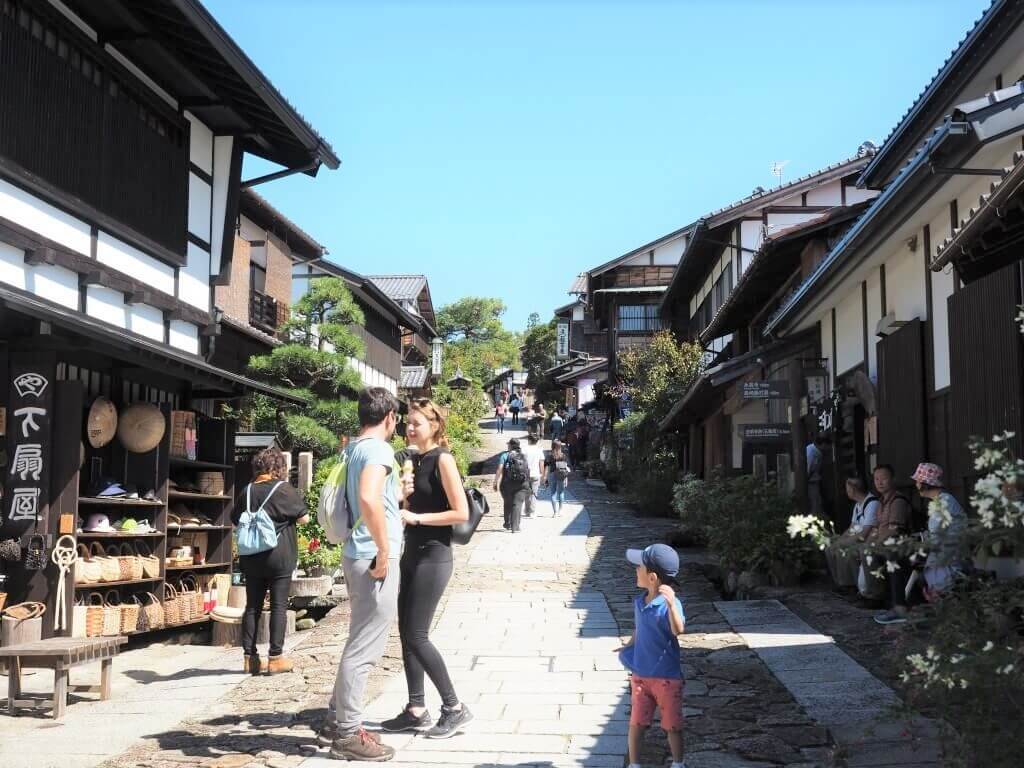
Ensure you wear good quality walking shoes or boots, reasonably light clothing, and always carry a waterproof jacket and/or waterproof clothing and umbrella.
Summer
Mid-July onward heralds the beginning of summer. The weather is very hot – with temperatures as high as 35-40°C – with high humidity. Heavy rain is less common in summer but can still occur and with little warning. If you are choosing to walk at this time of year, please ensure to factor in the heat, go slow and stay out of the sun as much as possible.

From late-August or September onward, the humidity should dissipate while the days remain hot. The falling humidity makes late summer a more pleasant time to walk the trail. Moving into late-September and October, typhoons reach Japan with regularity and need to be monitored. Check ahead and if necessary, change your itinerary to avoid walking during typhoons. Much of the trail is through forest and the risk of fallen trees or falling debris needs to be considered. Guesthouses in Magome, Tsumago, and Narai can provide information about the condition of the trail. We recommend that you do not walk during a typhoon. If necessary, sit tight at your accommodation for an extra day and wait for it to pass.

Ensure you wear good quality walking shoes or boots, very light clothing and carry a waterproof jacket and/or waterproof clothing and umbrella. A hat is essential in the heat of the day and we recommend using sunscreen. Remember to hydrate regularly and go slow.
Autumn
By mid-October, those pesky typhoons should have blustered and blown themselves out of the way, and days of spectacular weather take over. The changing autumn leaves make this the most popular time of year on the trail. Restaurants and accommodation will book-out in advance so make you plan ahead and lock-in your chosen guesthouse.

As October transitions into November, the farmlands are busy with the harvest, filling the valleys with activity and gorgeous smells in the hazy warmth of the autumn sun. Though the weather is typically warm during the day – between 10-20°C – the nights will be cold and from mid-November there is always a possibility of snow.
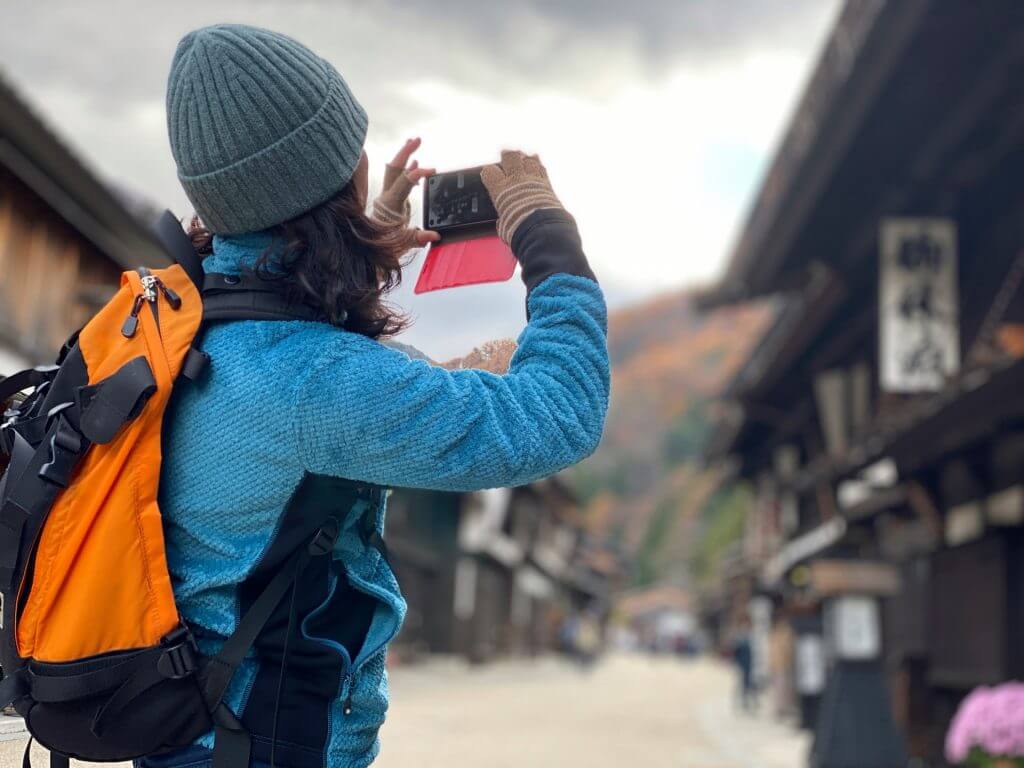
Ensure you wear good quality walking shoes or boots, heavier clothing including a sweater and/or jacket suitable for overnight temperatures of 0-10°C. The difference between day and night time temperatures can feel sharp, so layering clothing that you can take off and on as required is always a good idea.
Winter
While snow can occur any time from mid-November onward, you can expect regular and heavy snowfall from mid to late-December onward. The trail is at its quietest during winter and many guesthouses and restaurants will close until sometime in March. So again, check in advance to avoid being disappointed.
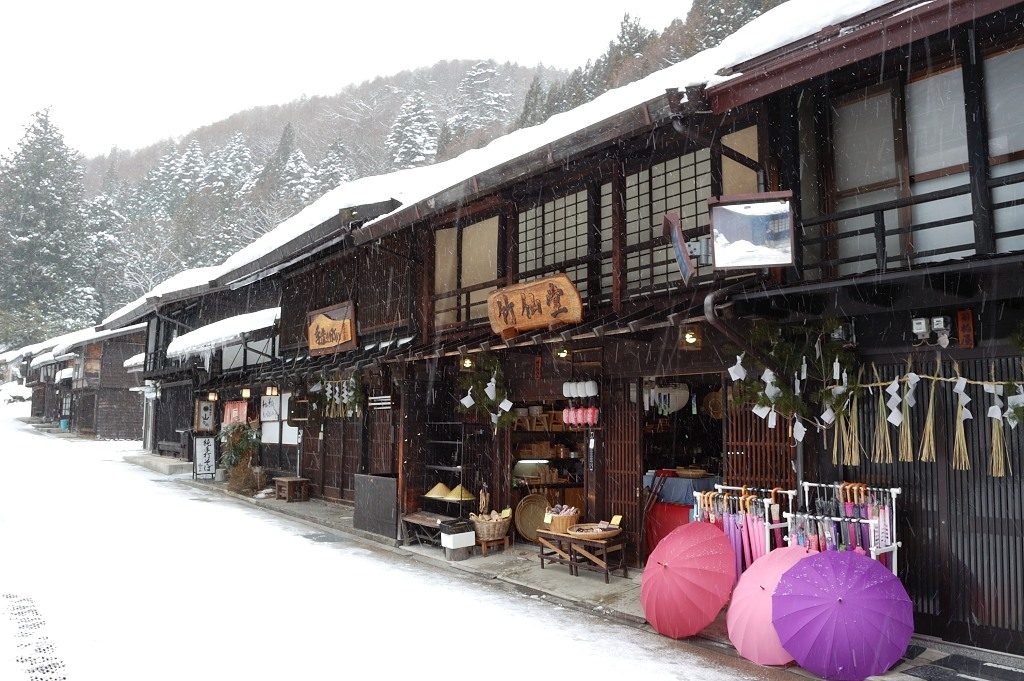
The trail is beautiful in the snow but should not be walked without proper winter gear including snowshoes and poles and (we recommend) finding a local guide to accompany you. The post towns of Magome, Tsumago and Narai will be notably quieter but still accessible in winter. So even if you don’t walk , all three are accessible using the train, local buses or private taxi.
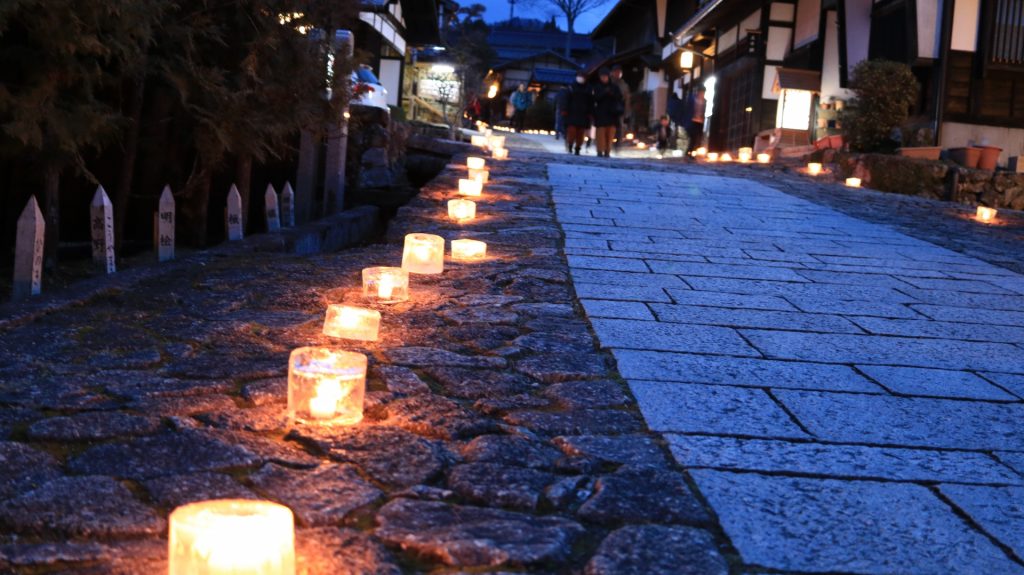
Ensure you wear good quality walking shoes, boots or snow boots, warm winter clothing suitable for overnight temperatures of 0°C and below. A warm hat, gloves, and scarf should be worn to avoid being exposed to the brisk winter wind.

If visiting in early February, make sure you get along to the beautiful Narai Ice Candle Festival.
WHERE TO STAY WHEN VISITING KISO VALLEY & NAKASENDO

The Kiso Valley runs north to south from the area around Shiojiri down to Nakatsugawa. Following the Kiso River and Limited Express Shinano line, the valley covers quite a large area with its many attractions spread-out over distance.
Choosing the right area to stay is an important step to getting the most out of your time in the Kiso Valley and Nakasendo, and with that in mind, our 'Where To Stay In The Kiso Valley & Nakasendo' page breakdowns your options including the most convenient accommodation areas on offer. Additionally, we proudly offer several unique tours to this region providing you round-trip transportation from Nagoya, Matsumoto, and Nagano.
HOW TO GET TO KISO VALLEY & NAKASENDO
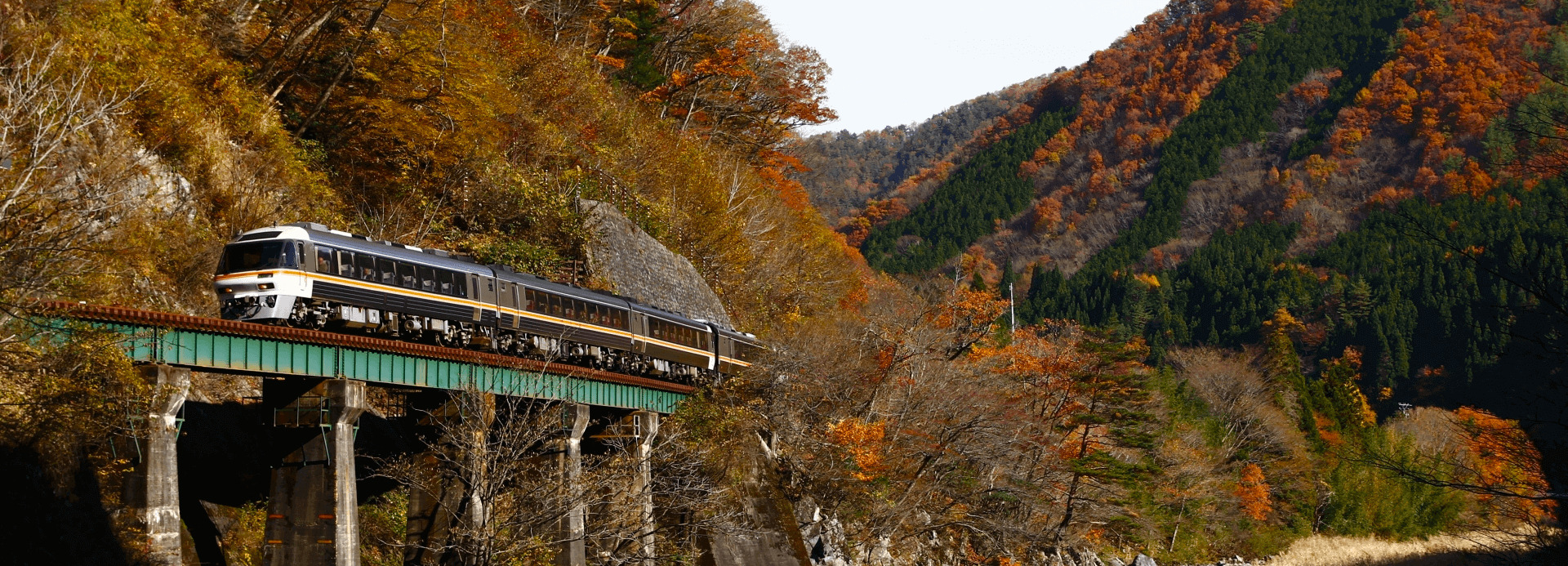
Most visitors heading to the Kiso Valley and Nakasendo will do so using the train network. Running from Nagoya to Nagano, the Limited Express Shinano stops at Nakatsugawa Station and Kiso-Fukushima Station, making the area easy to access along one of Japan’s most scenic railway lines. For more information including detailed directions, see our ‘How To Get To The Kiso Valley & Nakasendo’ page.
TOURS & CHARTERS AROUND THE NAKASENDO TRAIL
Want to join a trek on the Nakasendo Trail?

Based in Central Japan and operating much of the year, we offer multiple highly entertaining group-tours of the Nakasendo that are sure to please. All tours are led by locally-based guides and include a visit to the towns of Magome and Tsumago as well as an 8km hike on the Nakasendo itself through beautiful forest. Our tours are fun, interactive and family-friendly. For more information, or to book a tour, click on either of the banners below. Pick up options are available from Nagano, Matsumoto, and Nagoya, making it easy for you to join wherever you are.
1-Day Tour from Nagano and Matsumoto: Step into the Past on the Nakasendo
- Spots:
- Pick-up:
- Drop-off:
Of course, we also offer private tours and transport in and around the Nakasendo trail and Kiso Valley area, as well as other regional destinations. Our drivers and vehicles are fully certified, allowing us to transport you to and from your preferred destinations in combination with any activity that suits your schedule. All vehicles are well-maintained and in good condition, allowing you to relax and enjoy your ride to wherever you are going.
We can arrange both private tours with an English-speaking guide or a private charter, including a private vehicle and driver but without a guide. We’d love to be part of your adventure in Central Japan and help you discover even more!
Got a question about visiting the Nakasendo Trail? Click the ‘INQUIRY’ button below and let’s get planning together!






